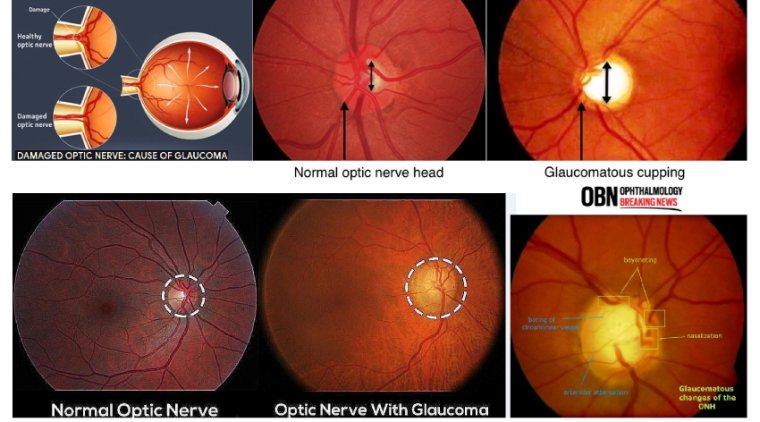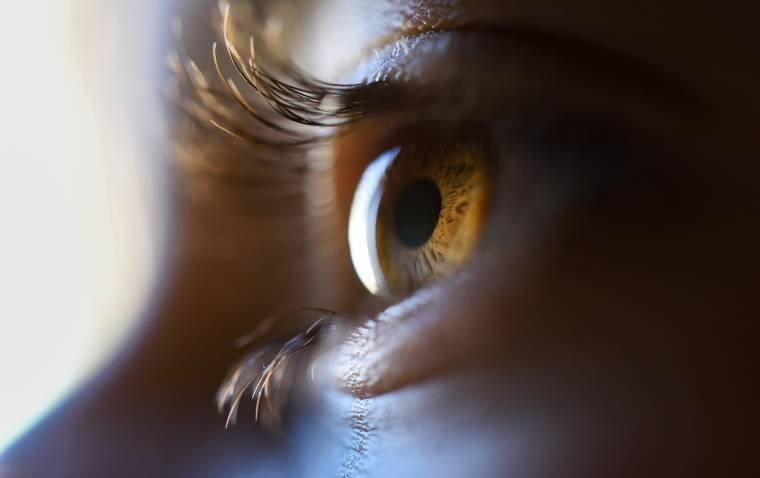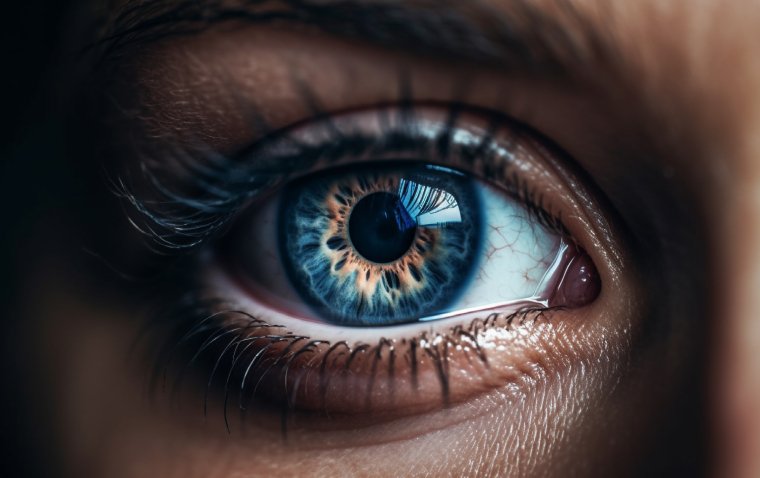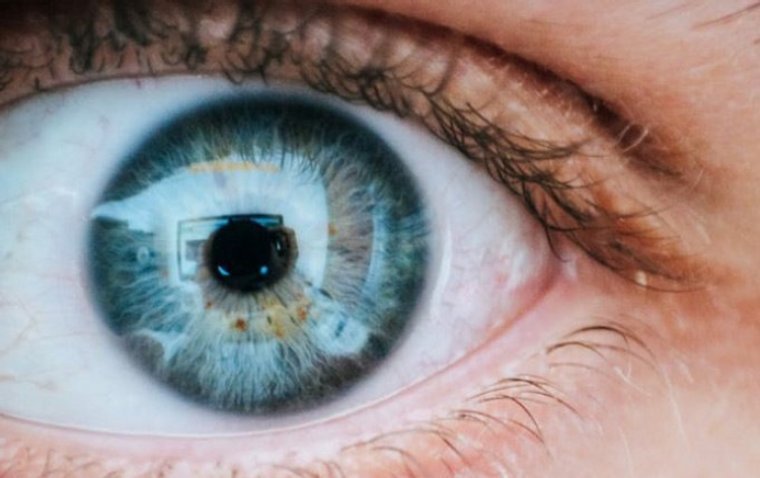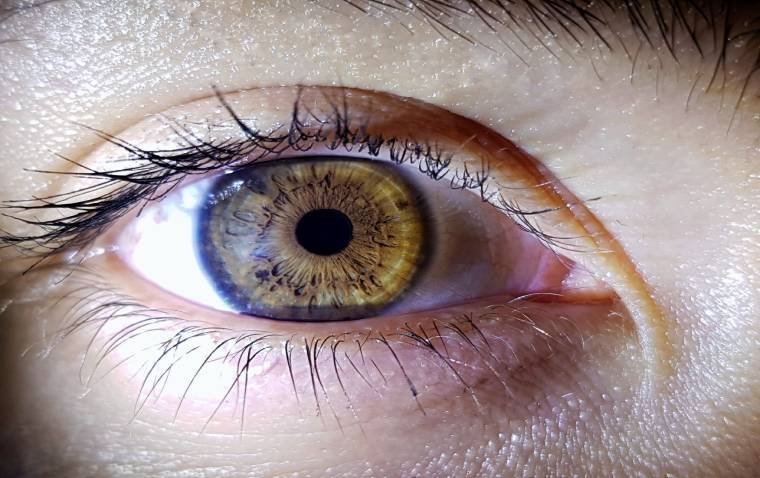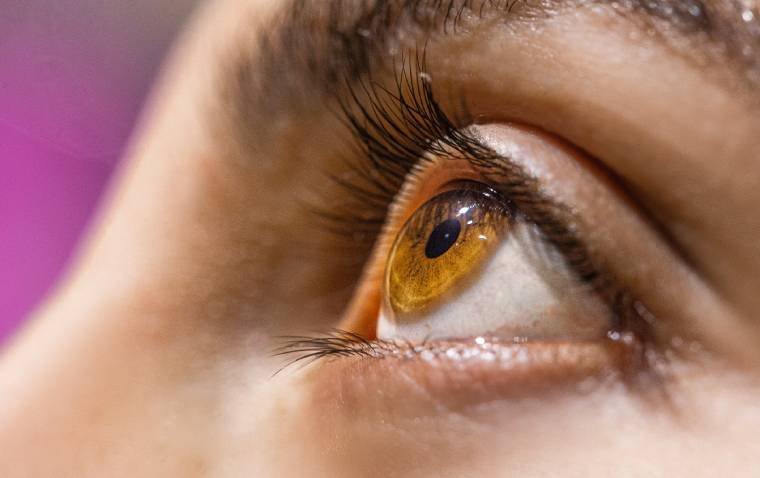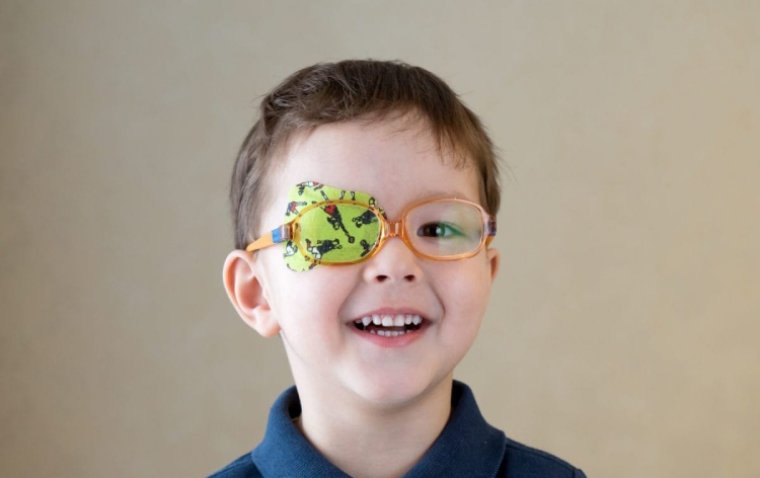
New Study Links Childhood Amblyopia to Higher Risk of Adult Health Issues
Researchers from University College London (UCL) have found that children diagnosed with amblyopia, commonly known as lazy eye, are more likely to face significant health challenges as adults, including hypertension, obesity, metabolic syndrome, and myocardial infarction.
Emily Upton, PhD, alongside her team, shared these insights, emphasizing the importance of recognizing amblyopia as a potential indicator of future health risks, rather than suggesting a direct cause-and-effect relationship with the systemic diseases identified.
Detailed Analysis from the UK Biobank Cohort
Utilizing data from over 126,000 individuals aged 40 to 69 years, who underwent ocular examinations as part of the UK Biobank cohort study, researchers delved into the long-term health outcomes associated with amblyopia. Participants were specifically asked about their history with amblyopia during childhood, including diagnosis, treatment, and whether the condition persisted into adulthood. Additional health parameters such as diabetes, hypertension, and cardio/cerebrovascular diseases were also examined, alongside measurements of body mass index and blood glucose and cholesterol levels.
Findings Highlight Increased Health Risks
The study unearthed that a significant 82.2% of the 3,238 participants who experienced amblyopia in childhood continued to have reduced vision in one eye as adults. "The findings showed that participants with amblyopia as a child had 29% higher odds of developing diabetes, 25% higher odds of having hypertension, and 16% higher odds of having obesity. They were also at increased risk of heart attack, even when other risk factors for these conditions, e.g., other disease, ethnicity, and social class, were taken into account," the research team reported.
A notable aspect of the study was the observation that the risk of cardiac issues not only persisted in individuals with ongoing visual problems but also, to a lesser extent, in those who had amblyopia in childhood but achieved 20/20 vision in adulthood.
Amblyopia: A Red Flag for Future Health
Professor Jugnoo Rahi, the study's corresponding author from UCL Great Ormond Street Institute for Child Health, UCL Institute of Ophthalmology, and Great Ormond Street Hospital, pointed out the significance of identifying amblyopia as a childhood marker for increased risk of serious diseases in later life. "It is rare to have a ‘marker’ in childhood that is associated with increased risk of serious disease in adult life, and also one that is measured and known for every child – because of population screening," Rahi stated, highlighting the critical importance of early detection and awareness of amblyopia as a potential signal for broader health concerns in the future.
What is Amblyopia?
Amblyopia, often referred to as "lazy eye," is a visual development disorder where an eye fails to achieve normal visual acuity, despite the use of prescription glasses or contact lenses. Typically developing in childhood, amblyopia arises when the brain and the affected eye are not working together properly, leading the brain to favor the other eye. This condition can result from a variety of causes, including strabismus (misaligned eyes), a significant difference in prescription between the two eyes, or any factor that inhibits clear vision in one eye such as cataracts. If not treated timely, amblyopia can result in permanent visual impairment in the affected eye.
Reference
Upton E, Doogan C, Fleming V, et al. Associations between unilateral amblyopia in childhood and cardiometabolic disorders in adult life: a cross-sectional and longitudinal analysis of the UK Biobank. 2024; eClinicalMedicine;10.1016/j.eclinm.2024.102493
(1).jpg)

